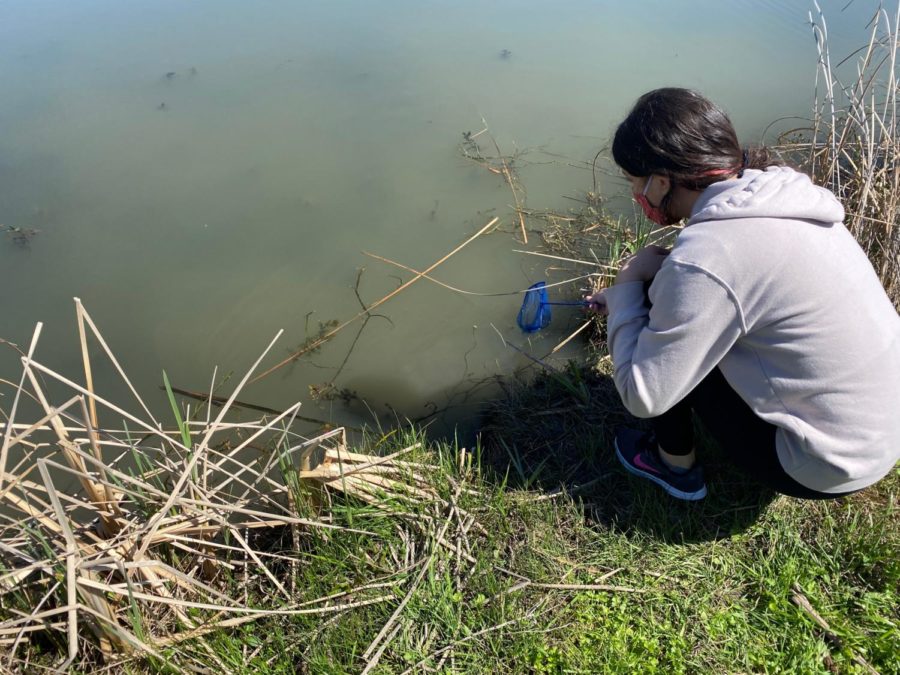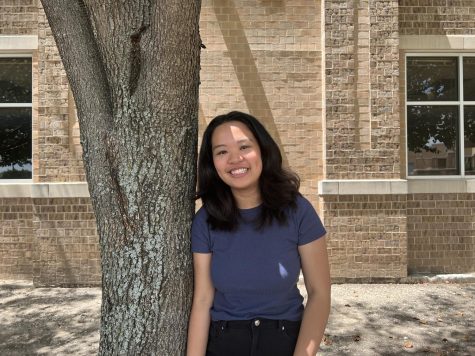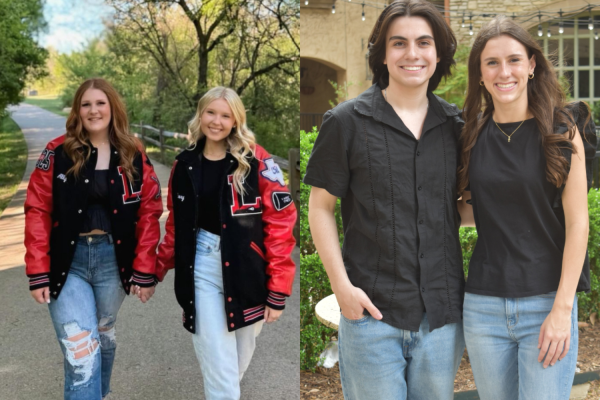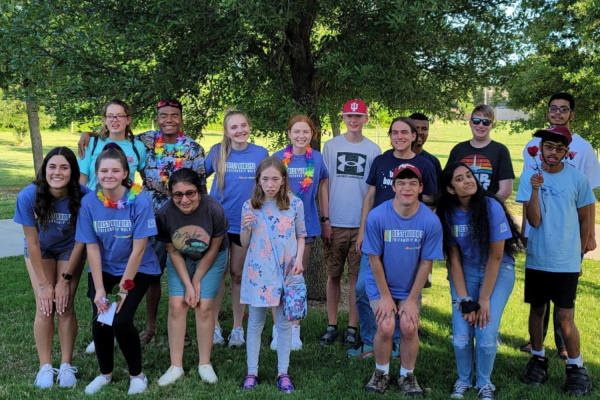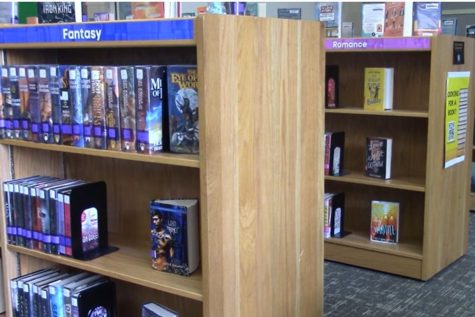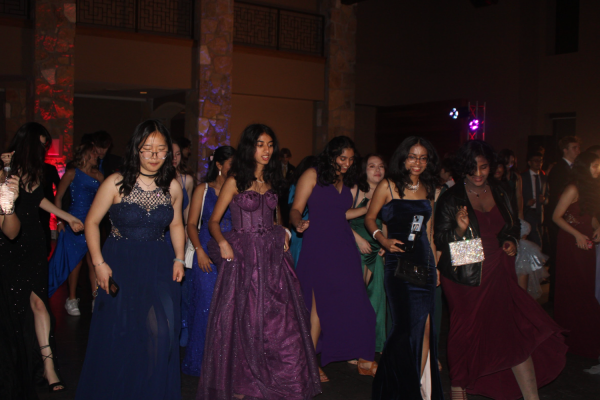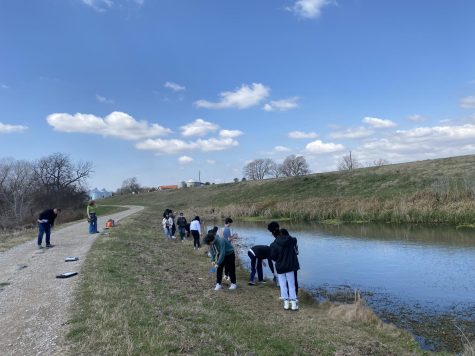APES students embark on annual field trip
In order to help students apply course content to their experiences, AP Environmental Science decided to embark on their annual field trip, with the addition of new precautions due to COVID.
March 24, 2021
A global pandemic didn’t stop AP Environmental Science students from taking their annual field trip to the John Bunker Sands Wetlands on Tuesday where they learned about water use and conservation, how wetlands work, and observed wildlife.
The field trip is designed to make the course content more relative to students and help them understand why healthy ecosystems are important, but things were slightly different this year due to COVID-19 restrictions.
“Field trips had to get approval with the uniqueness of complying with COVID procedures and it has to be ‘worth the hassle’ so to speak for both teachers and students ensuring both safety and a quality experience,” Berendt said. “Since we have both virtual and F2F students, the number of students that would be able to physically go (only F2F students) is much lower than usual, making distancing easier.”
The wetlands have their own special procedures as well, and the location of the field trip also contributed to the safety of students.
“The biggest plus for our field trip is it is outside in a remote area. COVID risk is low when we are both outside and can distance ourselves from crowds,” Berendt said. “The wetlands have put in procedures that will divide our already small group of students going (40 per field trip compared to the normal 80) into even smaller groups which makes the situation even safer.”
Junior Gabriela Godoy thinks that because of the flexibility the Wetlands had, COVID-19 protocols didn’t interfere with the learning experience.
“I think COVID didn’t really affect us much since we were able to do various experiments and we worked with partners doing our own thing, distanced from other people,” Godoy said. “Everyone was also able to have their own supplies since there were fewer people participating in the field trip. I enjoyed learning about marine life and pollution more up close, and really got hands-on experience researching and observing.”
Students such as sophomore Ansh Goel were still able to get a lot out of the field trip and learn about wildlife and natural ecosystems they don’t see on a day-to-day basis.
“I think it’s nice to be able to experience a field trip of this class because so much of what we learn happens outside,” Goel said. “Also, the wetlands are so different from what we see on a daily basis and we were able to observe and learn how this natural ecosystem functions and actually benefits people that live in the DFW area.”



